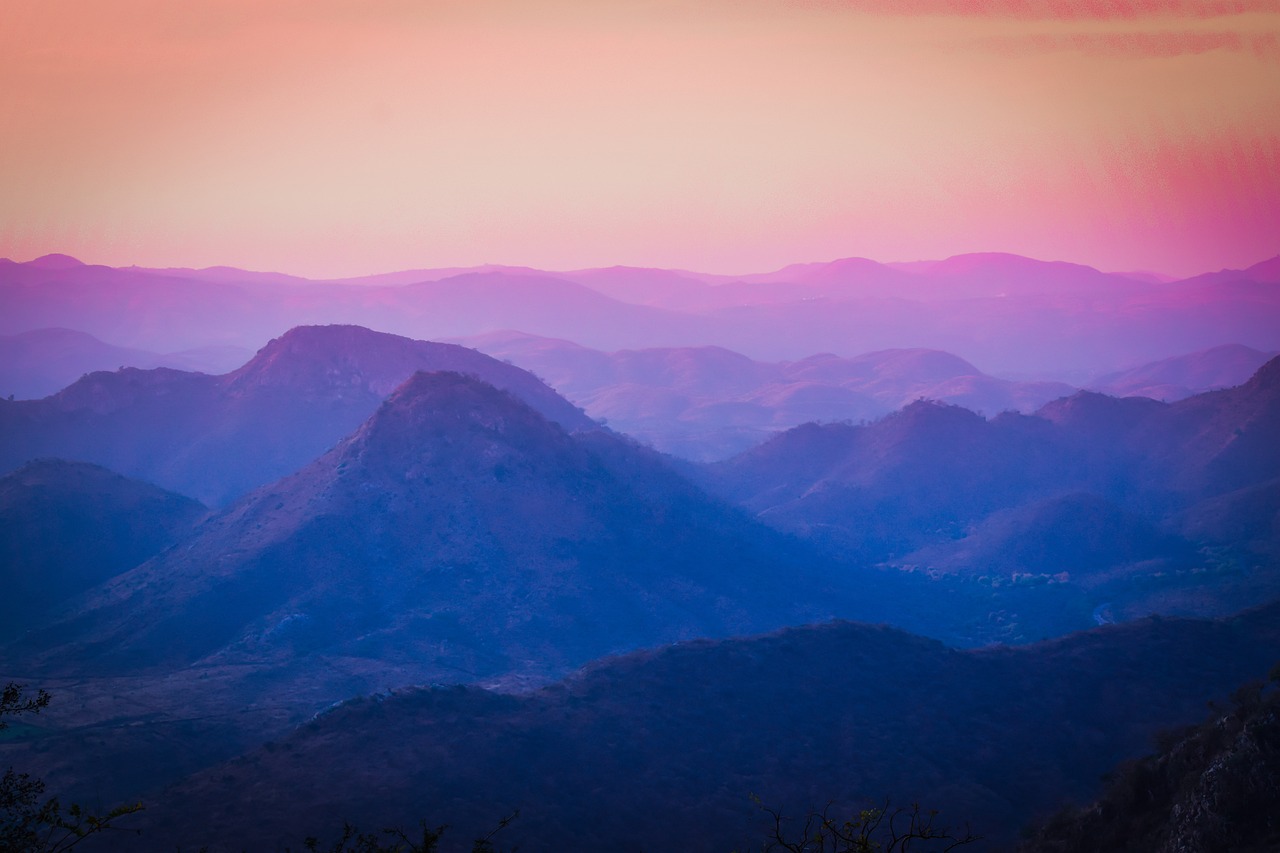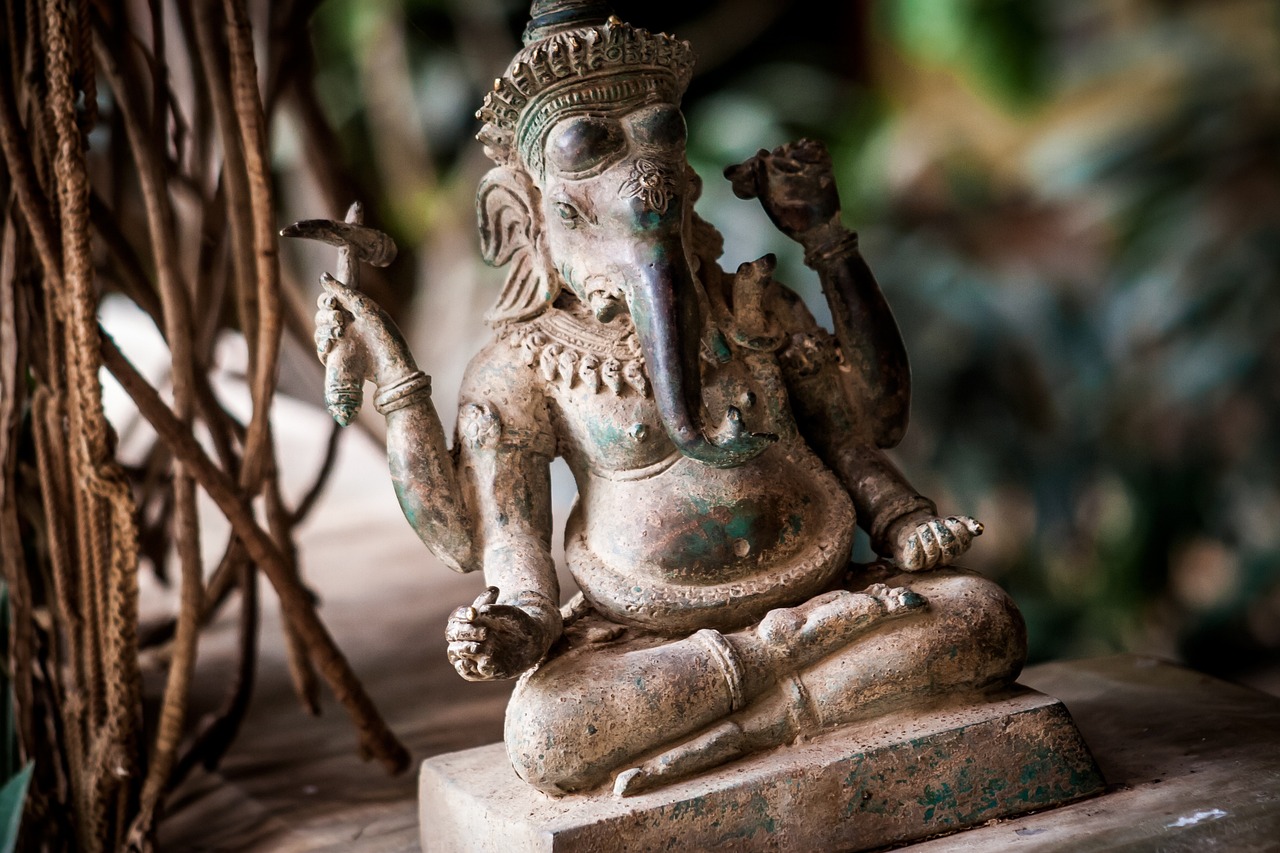India Video
Weathering India: Seasonal Changes and What to Expect
India is a country known for its diverse climate and extreme weather conditions. From the scorching heat of the summer to the chilly winters, India experiences a wide range of seasonal changes throughout the year. In this article, we will explore the different seasons in India and what you can expect during each period.
The Summer Season
The summer season in India typically lasts from March to June. During this time, the weather can be extremely hot and dry, especially in the northern parts of the country. Temperatures often soar above 40 degrees Celsius (104 degrees Fahrenheit), making it essential to stay hydrated and seek shade whenever possible.
- Intense Heat: The summer season in India is characterized by intense heatwaves. It is advisable to avoid outdoor activities during the peak hours of the day.
- Mango Season: The summer season is also known as the mango season in India. It is the time when the country’s most beloved fruit, the mango, is in abundance.
- Summer Festivals: Despite the heat, the summer season in India also brings vibrant festivals such as Holi and Baisakhi.
- Beach Getaways: Many people flock to coastal areas and hill stations during the summer season to escape the heat and enjoy a refreshing vacation.
India Image 1:

The Monsoon Season
The monsoon season in India usually starts in June and lasts till September. This is a crucial period for the country as it receives the majority of its annual rainfall during this time. The monsoon brings relief from the scorching heat but also brings its own set of challenges.
- Heavy Rainfall: The monsoon season is characterized by heavy rainfall, often leading to flooding in some regions. It is important to stay updated with weather forecasts and take necessary precautions.
- Lush Greenery: The monsoon season transforms the landscape of India into a lush green paradise. It is a great time to explore nature and enjoy the scenic beauty.
- Festivals and Celebrations: The monsoon season also brings several festivals and celebrations, such as Teej and Raksha Bandhan.
- Waterfalls and Trekking: The heavy rainfall during the monsoon season creates stunning waterfalls and makes it an ideal time for trekking and adventure activities.
India Image 2:

The Post-Monsoon Season
The post-monsoon season in India spans from October to November. During this time, the weather starts to transition from the rainy season to cooler temperatures.
- Moderate Temperatures: The post-monsoon season offers pleasant weather with moderate temperatures, making it an ideal time for outdoor activities.
- Festivals: This period also includes major festivals like Diwali, Durga Puja, and Navratri, which are celebrated with great enthusiasm across the country.
- Harvest Season: The post-monsoon season marks the beginning of the harvest season in India. It is a time of celebration and gratitude for the farmers.
- Autumn Colors: In some parts of India, particularly in the northern regions, the post-monsoon season brings beautiful autumn colors as the leaves change.
The Winter Season
The winter season in India lasts from December to February and varies in intensity depending on the region. While the northern parts experience chilly temperatures, the southern regions have milder winters.
- Cold Temperatures: Winter in India can be quite cold, especially in the northern states like Himachal Pradesh and Jammu and Kashmir. It is advisable to carry warm clothing if you plan to visit these regions.
- Foggy Mornings: Many parts of northern India experience dense fog during the winter mornings, which can affect transportation and visibility.
- Winter Festivals: The winter season is filled with vibrant festivals like Christmas, New Year, and Makar Sankranti.
- Winter Sports: The colder regions of India offer opportunities for winter sports like skiing and ice skating.
India Image 3:

Conclusion
India’s diverse climate and seasonal changes offer a unique experience to visitors throughout the year. Whether you prefer the warmth of summer, the refreshing monsoons, the pleasant post-monsoon season, or the chilly winters, India has something for everyone. It is important to plan your visit according to the weather conditions and be prepared for the specific challenges and attractions each season brings.
References
– India Meteorological Department: www.imd.gov.in
– National Geographic India: www.nationalgeographic.com/india
– Weather.com India: www.weather.com/india


